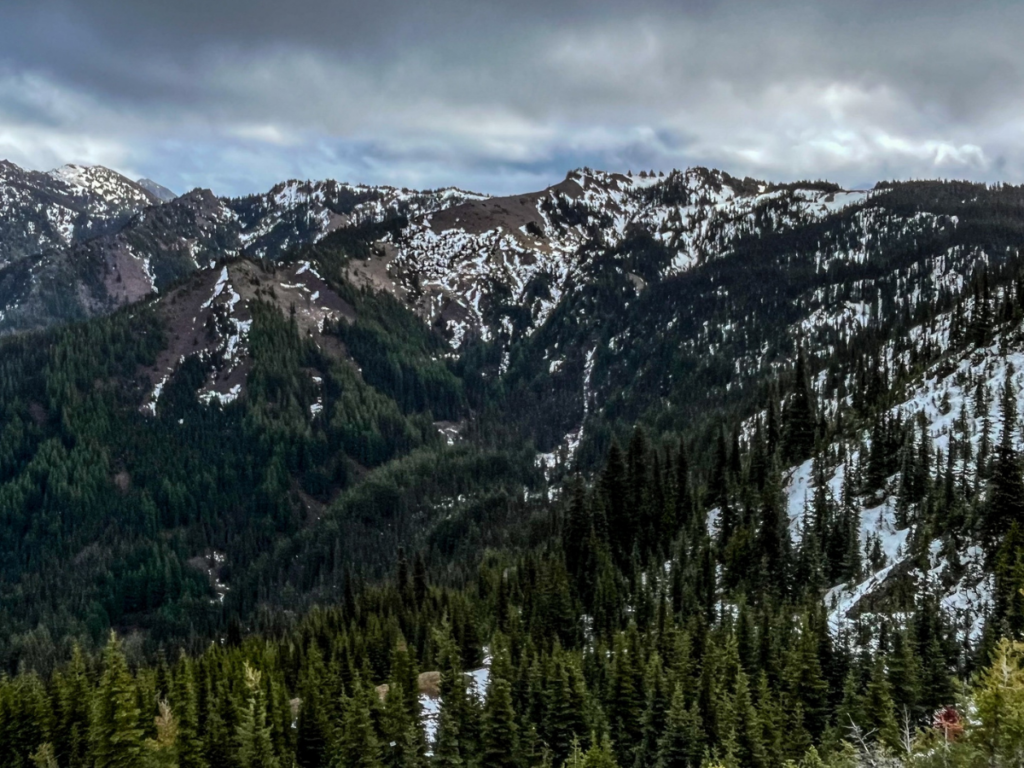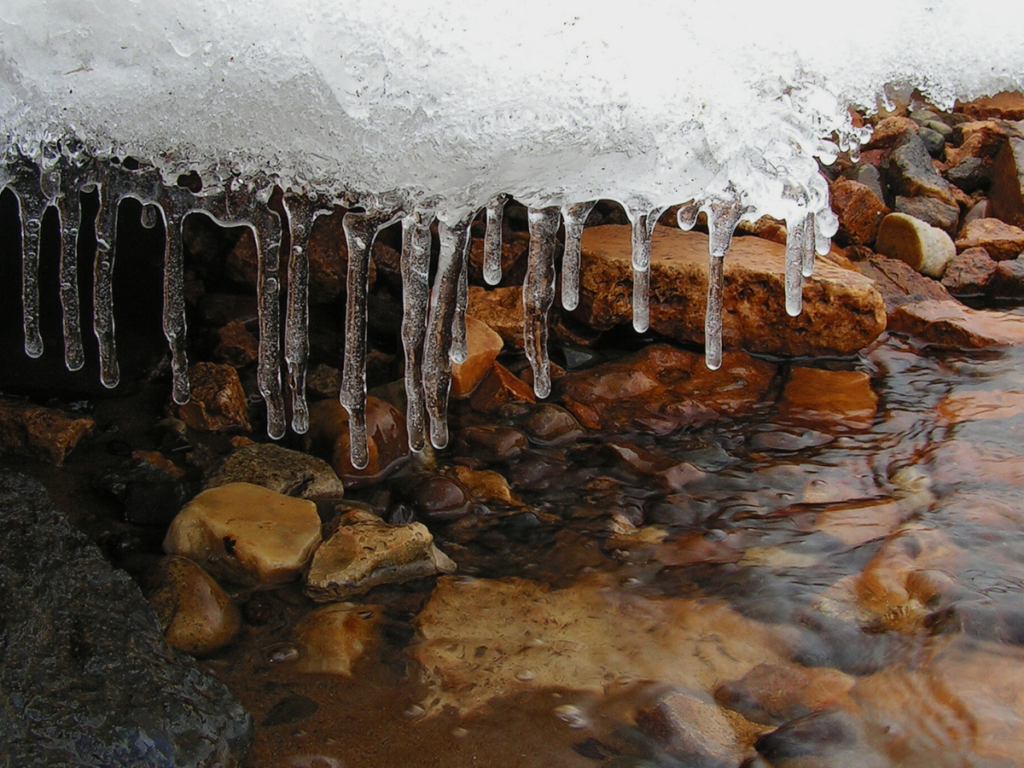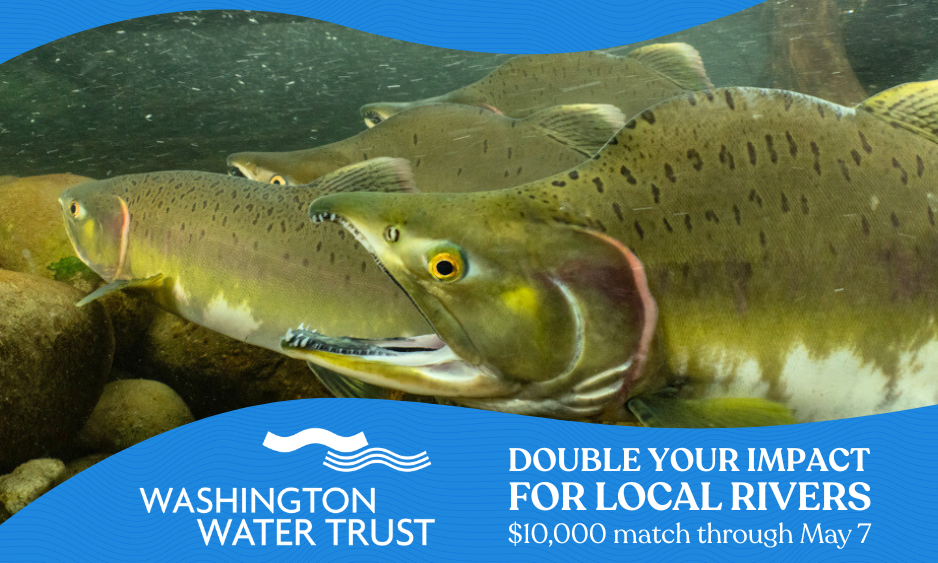Author: James Kraft, Executive Director
In January, we welcomed the return of snow to the mountains with some big storms after a slow start to the winter. Since then, however, snow has not accumulated as we had hoped with warmer temperatures and rain.
While these warmer conditions are not entirely unexpected (it is an El Niño year), Washington’s overall snowpack is below average and in some regions, like the Olympics, snow levels are well-below average.

The Olympic Mountains in Olympic National Park on 2/1/2024. Photo (resized): National Park Service/S. Siemens-Luthy
Why does this matter? The mountain snowpack feeds our rivers and supports freshwater ecosystems as it melts throughout the spring and summer. While there is still time for the snowpack to build up, it is likely that this summer will be dangerously dry in some areas.
Last year, an early heatwave melted much of the snowpack and, by summer, a drought gripped the Dungeness watershed on the Olympic Peninsula with low flows that threatened salmon. Thanks to our supporters and partners, we acted quickly to enhance flows for migrating Chinook and pink salmon.

Having learned from last year’s drought relief program, we are planning for this summer and how we will work with local farmers and water users to keep water instream when and where needed most.
While addressing drought emergencies is essential, our goal is permanent flow restoration to guarantee a sustainable freshwater future for all. That’s why support for our ongoing projects is so vital. Our donors and local partners help us restore and protect healthy flows in our salmon streams year round so that they are resilient to dry years and long-term climate change impacts.
In the meantime, let’s keep our fingers crossed for more snow before summer.
